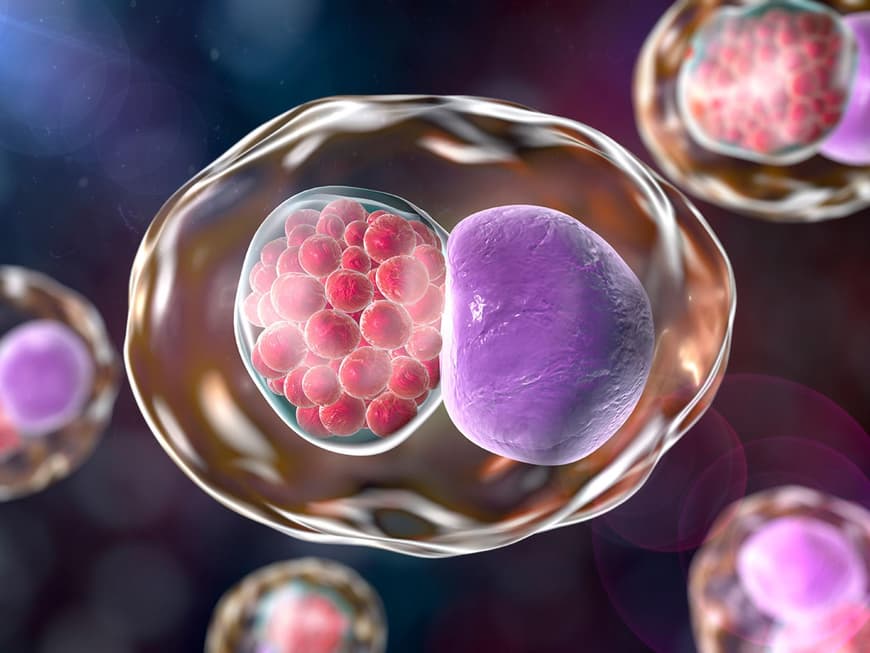
Chlamydia transmission
Chlamydia infection is one of the most common sexually transmitted diseases in the world. It is usually caused by the bacterium Chlamydia trachomatis. Up to ten percent of the world's population is infected with it. Men can also be affected and transmit the disease. For anatomical reasons, young girls and women are particularly at risk of contracting chlamydia through unprotected sexual intercourse, as their cervix can easily become infected.
Hardly any symptoms
Affected women often do not notice that they are infected. Some symptoms occur rather rarely: Itching, pain and burning when urinating and discharge. Men also hardly show any symptoms - if they do, they are also itching, pain, burning when urinating and a purulent discharge in the genital area. The consequences In women, chlamydia causes purulent inflammation of the lining of the uterus, the ovaries and the fallopian tubes. This is often accompanied by fever, diarrhea and abdominal pain. If the infection remains untreated, the fallopian tubes scar and stick together, which causes a high risk of ectopic pregnancy or infertility.
Prevention
The gynecologist can use a test to determine whether a woman is infected. Experts recommend having this test done once a year. Up to the age of 25, the test is covered by health insurance and costs around 30 euros.
Therapy
If found, the doctor will prescribe antibiotics against chlamydia. As a precaution, the partner should also be treated so that they cannot pass on the pathogens. If the infection is detected and treated early enough, it will heal without any further consequences.
